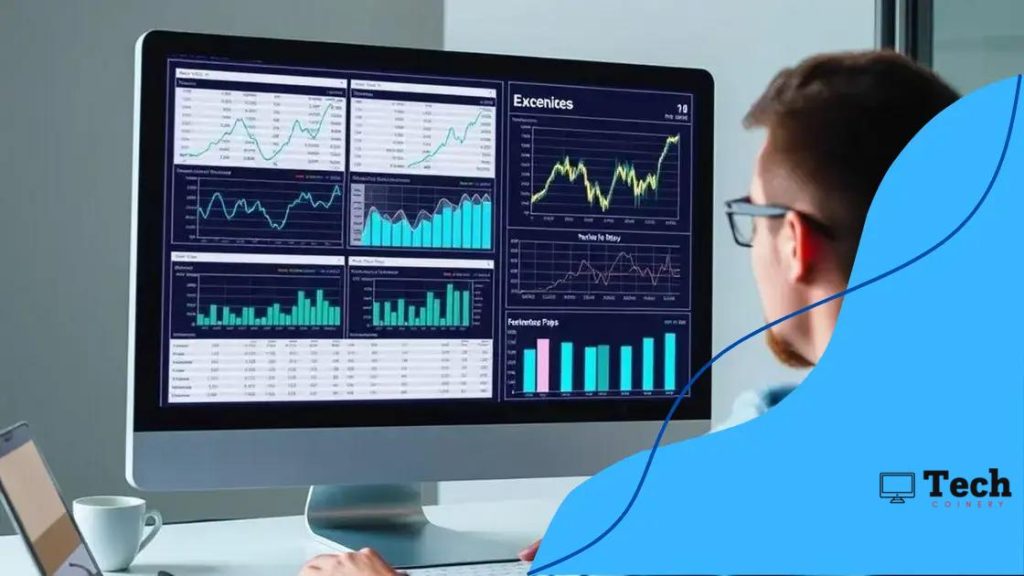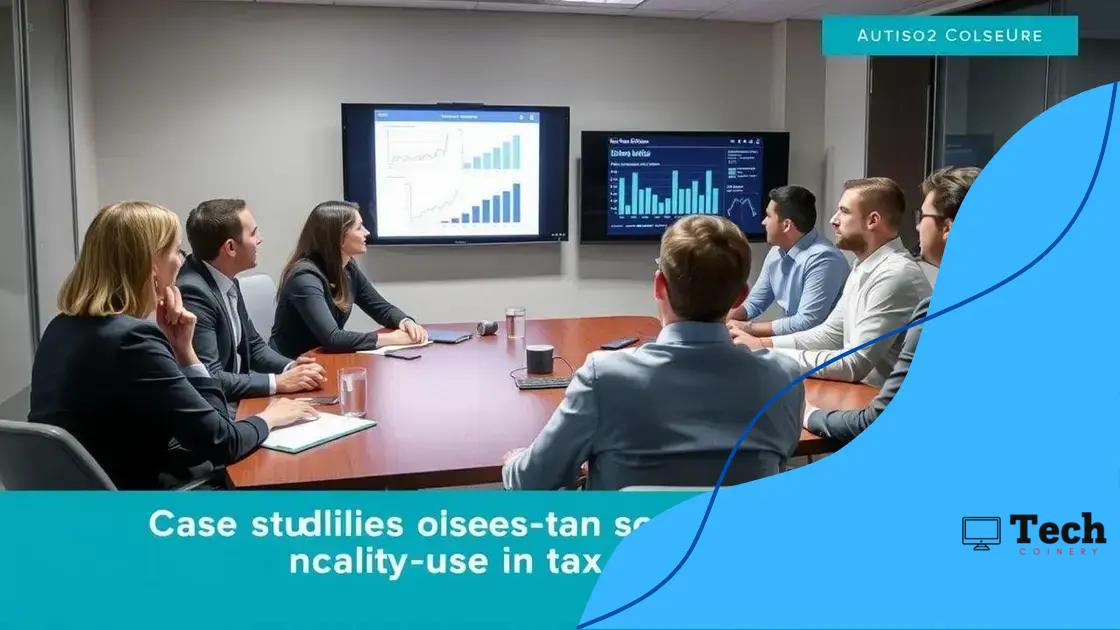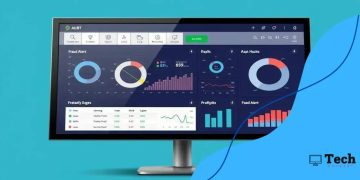Tax evasion prevention tech tools you need to know

Tax evasion prevention technology utilizes AI, predictive analytics, and blockchain to enhance compliance, detect fraud, and streamline reporting, ensuring businesses adhere to regulations efficiently and securely.
Tax evasion prevention tech tools are reshaping how companies handle their financial practices. Wondering how these innovations could benefit you? Let’s dive in.
Understanding tax evasion prevention tools
Understanding tax evasion prevention tools is vital for businesses aiming to maintain compliance and avoid penalties. These tools help identify and mitigate risks, ensuring that companies adhere to tax laws effectively.
One important aspect of these tools is their ability to automate processes. Automation reduces human error and increases efficiency. With the right technology, businesses can streamline data collection and reporting, which is crucial in tax compliance.
Key Types of Tools
Different types of tools serve various purposes:
- Data Analytics Software: Helps analyze financial transactions and identify suspicious activities.
- Risk Assessment Tools: Evaluate potential areas of risk within an organization to prevent tax evasion.
- Compliance Management Systems: Ensure that all tax-related documents and filings are up-to-date and accurate.
Integrating these tools with existing systems can enhance their effectiveness. For instance, a good data analytics tool can provide real-time insights, which are essential for navigating complex tax regulations.
Benefits of Using Technology
The use of technology in tax evasion prevention brings several advantages. It not only simplifies compliance but also helps in building a strong reputation.
Moreover, adopting advanced technologies allows businesses to stay ahead of potential fraud. With increased transparency, organizations can foster trust among stakeholders.
Imagine the impact of having real-time updates and alerts on your tax obligations. This proactive approach can save companies significant amounts of money and stress.
Key features of effective tech solutions
Key features of effective tech solutions are essential for businesses looking to enhance their tax evasion prevention strategies. Knowing what to look for in these solutions can make all the difference in compliance and risk management.
One vital feature is integration capability. Effective tech solutions should easily integrate with existing financial systems. This integration allows for seamless data transfer and helps maintain accurate records.
Real-time Reporting
Another essential characteristic is the ability to provide real-time reporting. Timely insights into financial transactions can help organizations quickly identify discrepancies or potential areas of concern.
- Alerts for anomalies: Receive immediate notifications for unusual transactions.
- Dashboards: Visual representations of key financial metrics.
- Historical data analysis: Insight into trends over time to support decision-making.
Additionally, user-friendly interfaces are critical. Solutions with intuitive designs allow employees to navigate the system easily, reducing training time and improving efficiency.
Compliance Automation
Compliance automation is another significant aspect. Automated processes ensure that documentation and filings are completed accurately and on time. This feature is vital in preventing oversights that could lead to tax evasion issues.
Furthermore, robust security measures must be in place. Protecting sensitive financial data is paramount. Effective tech solutions should come with strong encryption and regular security updates to fend off potential threats.
Ultimately, choosing the right tech tools for tax evasion prevention can significantly impact a business’s ability to operate lawfully and efficiently.
Case studies: Success with tech tools

Case studies: Success with tech tools illustrate how businesses can effectively use technology to prevent tax evasion. By analyzing real-world examples, organizations can gain insights into best practices and measurable outcomes.
For instance, a mid-sized company in the retail sector implemented a new compliance management system. This system automated their tax documentation process, resulting in a 30% reduction in errors. With regular updates and reminders, the company stayed compliant with local tax laws, which helped them avoid hefty fines.
Financial Institution Example
Another example comes from a financial institution that adopted data analytics tools to monitor transactions. By setting up alerts for unusual activities, they significantly enhanced their ability to detect fraudulent transactions early.
- Improved accuracy: Their analytics tools identified discrepancies in real-time.
- Cost savings: The institution saved thousands in potential penalties.
- Increased trust: Clients felt more secure, knowing their transactions were monitored effectively.
This success story highlights how important it is for businesses to leverage technology not just for compliance, but also for building trust with customers. Moreover, a manufacturing company that embraced automated reporting found that it streamlined its auditing processes as well.
Positive Outcomes
By utilizing tech tools, companies reported overall improvements in efficiency. Many noted that they could reallocate resources to focus on growth instead of chasing compliance. Such outcomes demonstrate that technology is not just a tool; it can be a strategic asset.
Ultimately, these case studies emphasize the impact of adopting strong technology solutions for tax evasion prevention. As more organizations share their success stories, others can learn and adapt these tools to fit their specific needs.
Integrating technology into compliance processes
Integrating technology into compliance processes is essential for businesses aiming to improve efficiency and adhere to regulations. Embracing modern tools can transform how organizations handle tax compliance.
The first step in this integration is assessing existing compliance workflows. Understanding where technology can fill gaps is crucial. For instance, automating data collection can free up valuable time for staff, allowing them to focus on more strategic tasks.
Streamlining Data Management
Another key aspect of integration is the management of financial data. Technology can provide a centralized platform that collects and organizes all necessary documents.
- Document storage: Cloud solutions enable access from anywhere, ensuring teams can retrieve necessary documents quickly.
- Data accuracy: Automated systems reduce the risk of human error in record-keeping.
- Real-time updates: Keeping information up-to-date helps companies maintain compliance with changing regulations.
Furthermore, implementing robust software solutions allows for easier tracking of compliance obligations. Organizations can set reminders and notifications related to filing deadlines or regulatory changes.
Collaboration and Communication
Integrating technology fosters better collaboration among departments. With shared tools, departments can communicate effectively, ensuring that everyone is on the same page regarding compliance practices.
Moreover, using platforms that facilitate collaboration can break down silos and enhance teamwork. This seamless communication enhances the overall compliance culture in the organization.
Ultimately, the integration of technology into compliance processes not only enhances efficiency but also equips businesses to adapt to any regulatory environment. As technology evolves, companies that adopt these improvements will likely have a competitive edge in maintaining compliance.
The future of tax evasion prevention technology
The future of tax evasion prevention technology is promising, with advancements set to revolutionize compliance practices. As technology evolves, businesses can expect more sophisticated solutions that not only streamline processes but also enhance accuracy.
One major trend is the rise of artificial intelligence (AI) and machine learning. These technologies can analyze vast amounts of data quickly, making it easier to detect patterns that could indicate tax evasion. With AI, organizations can monitor transactions in real-time, significantly reducing the time and effort required for audits.
Predictive Analytics
Another exciting development is the use of predictive analytics. This technology allows businesses to forecast potential risks before they become issues. By identifying trends in financial behavior, companies can adapt their strategies to mitigate risks effectively.
- Early detection of anomalies: Predictive analytics can highlight unusual activities that warrant further investigation.
- Targeted compliance efforts: Companies can focus their resources on high-risk areas rather than spreading them thin.
- Improved reporting: Enhanced accuracy in reporting helps businesses maintain compliance with regulatory requirements.
Moreover, blockchain technology is gaining traction as a reliable way to track transactions securely. This decentralized ledger system ensures transparency and integrity in financial reporting, making it difficult for tax evasion to occur.
Mobile and Cloud Solutions
Future tax evasion prevention tools will likely also include mobile and cloud-based solutions. With remote work becoming more common, having access to compliance tools on-the-go is essential. Cloud solutions offer flexibility and scalability, allowing businesses to adjust as needed.
Additionally, these systems will incorporate enhanced security measures. As tech capabilities grow, so do the risks. Investments in cybersecurity will be crucial in safeguarding sensitive financial information.
Ultimately, the evolution of tax evasion prevention technology promises to create a more efficient and transparent system for businesses. Embracing these innovations will not only help in compliance but also drive overall organizational success.
FAQ – Frequently Asked Questions about Tax Evasion Prevention Technology
What role does AI play in preventing tax evasion?
AI analyzes large datasets to identify patterns and anomalies that may indicate tax evasion, improving accuracy in compliance.
How can predictive analytics help my business?
Predictive analytics forecasts potential tax risks, allowing businesses to address issues proactively before they escalate.
What benefits does blockchain technology offer for compliance?
Blockchain enhances transparency and security of financial transactions, making it more challenging to manipulate data.
Why is integrating mobile solutions important?
Mobile solutions allow businesses to manage compliance anytime and anywhere, providing flexibility and real-time access to data.






